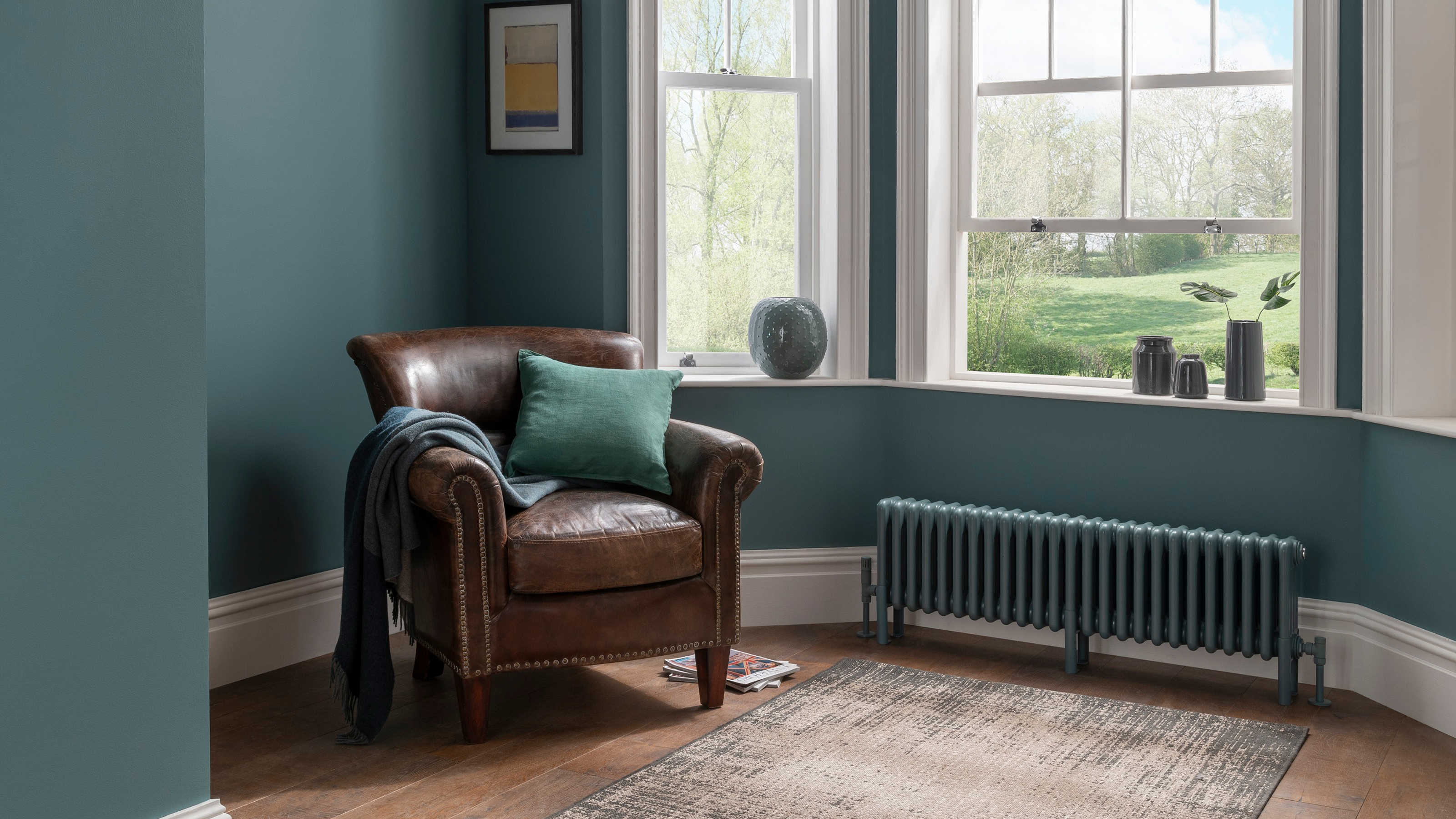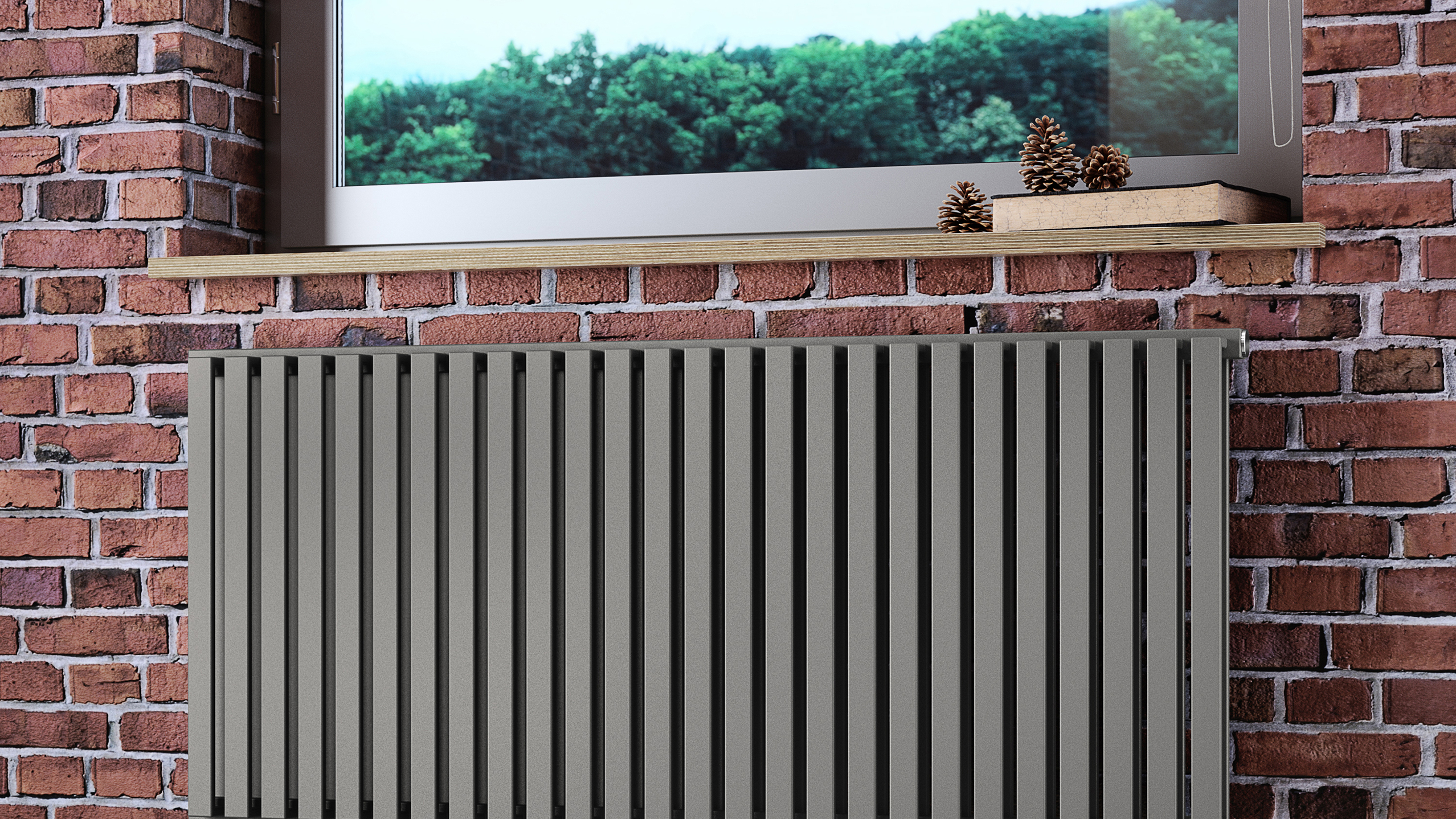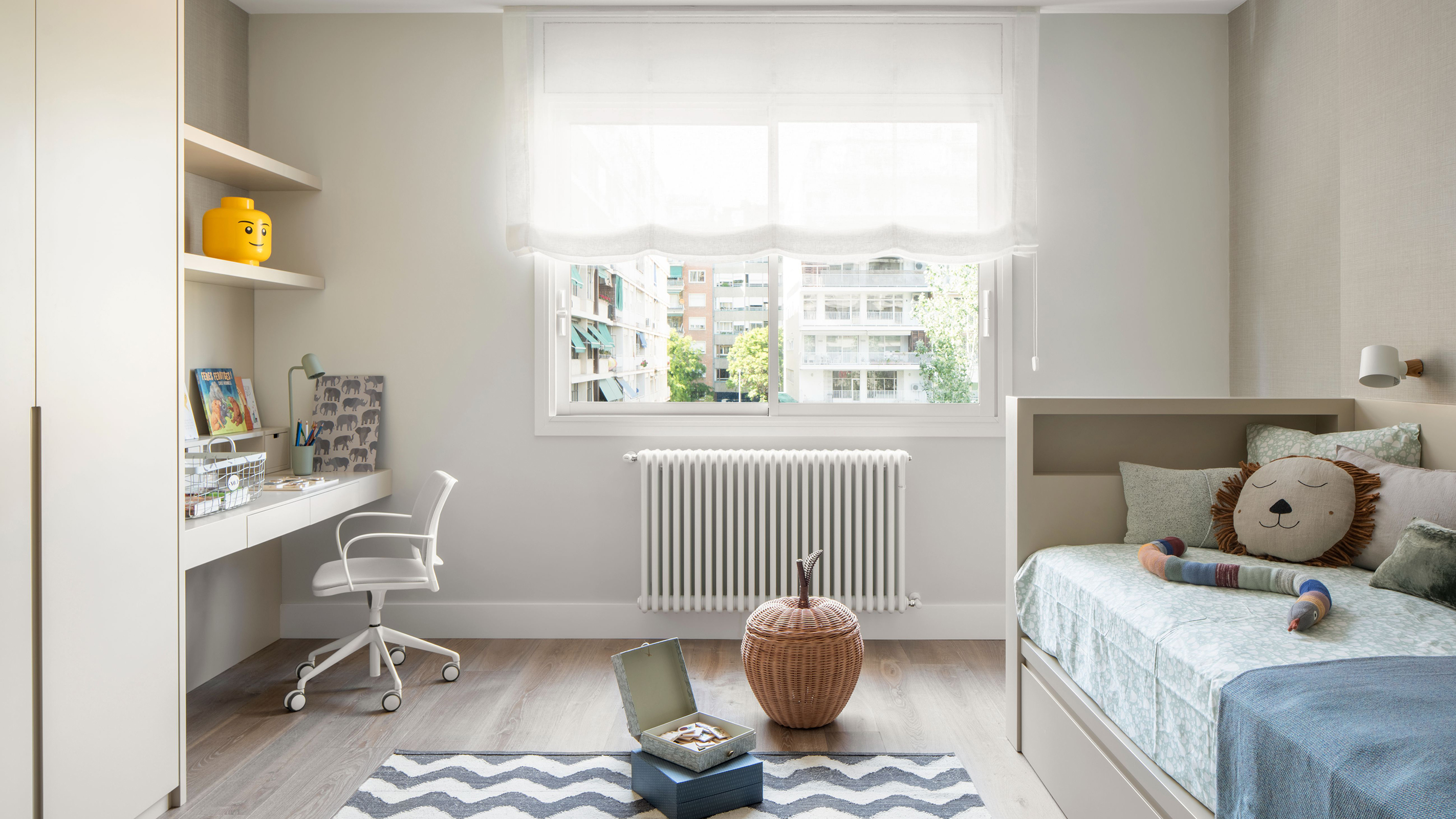Are radiators under windows a good idea or a waste of heat?
Radiators under windows are a pretty common sight — but is placing a heat source beneath the window a dated idea that should be avoided at all costs?

Radiators under windows — just what are they doing there and why are they so common? Here, we take a look at why beneath the window was such a popular spot to mount radiators and ask the experts out there whether this is still such a good idea.
These days there are so many types of radiator out there to choose from, meaning there are designs for all kinds of homes and spaces, including those created with small rooms in mind and for awkward spots too. What this means is that we are not so limited as to where to place radiators these days.
In addition, our homes have become far more thermally efficient than they were in the past, meaning our heating requirements and the kind of considerations we have to give to heat loss have changed dramatically.
So, do both of these factors mean that radiators under windows should become a thing of the past or is there still a good reason to carry the trend forward?

Why are radiators under windows so common?
Although many people these days shun the idea of placing radiators under windows, there was once a very good reason why people used to do this and why it was once recommended as a good idea.
"Before double glazing was introduced and windows were mainly single glazed, the window was the coldest area of a room," explains Mark Wilkins, Technologies and Training Director at Valliant. "By placing a radiator directly underneath the window, hot air is produced and released, which then rises to hit the cold air from the window. This creates a warm curtain of air over the window surface."
In addition to this reason, very often the space under a window was the only clear area of wall on which to hang a radiator where it wouldn't be covered by an item of furniture. Of course these days, the best designer radiators are often made with awkward spaces in mind.
Is it still a good idea to put radiators under windows?
Despite often being viewed as an out-of-date idea, there is actually nothing wrong with placing radiators under the window and in some cases it can still be the best option — even for those with triple glazed windows.
"The best place to put a radiator is in the coldest spot of a room. If you live in an older home with single glazed windows, it's a good idea to put your radiator underneath the window to counteract the cold air coming inside," explains Tom Drake, heating expert at Only Radiators. "The cold air then helps the heat from the radiator to move around the room, keeping the room warmer than if the radiator was placed somewhere else."
That said, if your windows are double or triple glazed, you have much more choice when it comes to positioning your radiators.
"These days, most windows are double or triple glazed, heat isn’t lost as quickly through these types of window and the area close to the window surface stays much warmer," says Mark Wilkins. "Therefore, it’s not as common to see radiators under windows in new builds or modern homes as there can be more flexibility here."

Are there any rules for radiator placement?
In general, the most sensible place to mount a radiator is in the coldest part of a room.
"Modern homes, with better insulation and double glazing, may not have the same cold spots as old houses, so radiators wouldn't necessarily need to go below windows," says Tom Drake. "However, many households still choose to place radiators under windows as this is an area where furniture can't fit so it makes use of an otherwise empty space."
When planning your radiator placement, along with taking into account cold spots, do be sure that your room's layout won't mean the radiator will be covered by anything that could block heat, such as large items of furniture. Placing the radiator behind a door that will cover it when open should also be avoided.
Finally, if you do decide to place your radiator under a window, you will need to think your choice of window covering through more carefully than if you fix it elsewhere — thick, heavy, floor length curtains are a great way of insulating windows and keeping heat in a room, but they will also prevent the heat produced by your radiator from entering the room.
Either choose curtains that end before the radiator or opt for blinds or shutters instead.
"If your radiator sits beneath a window, you may feel inclined to tuck your curtains behind the heater so as to not trap any hot air," says Mark Wilkins. "However, many modern radiators use the back panels as part of their heat output, so this would restrict the flow of warm air into the room. We recommend opting for short curtains which would eliminate the issue or, if longer curtains are preferred, keeping them to the side of the radiator as much as possible."
Get the Homebuilding & Renovating Newsletter
Bring your dream home to life with expert advice, how to guides and design inspiration. Sign up for our newsletter and get two free tickets to a Homebuilding & Renovating Show near you.
Natasha was Homebuilding & Renovating’s Associate Content Editor and was a member of the Homebuilding team for over two decades. In her role on Homebuilding & Renovating she imparted her knowledge on a wide range of renovation topics, from window condensation to renovating bathrooms, to removing walls and adding an extension. She continues to write for Homebuilding on these topics, and more. An experienced journalist and renovation expert, she also writes for a number of other homes titles, including Homes & Gardens and Ideal Homes. Over the years Natasha has renovated and carried out a side extension to a Victorian terrace. She is currently living in the rural Edwardian cottage she renovated and extended on a largely DIY basis, living on site for the duration of the project.

